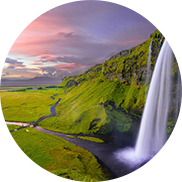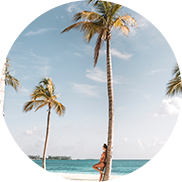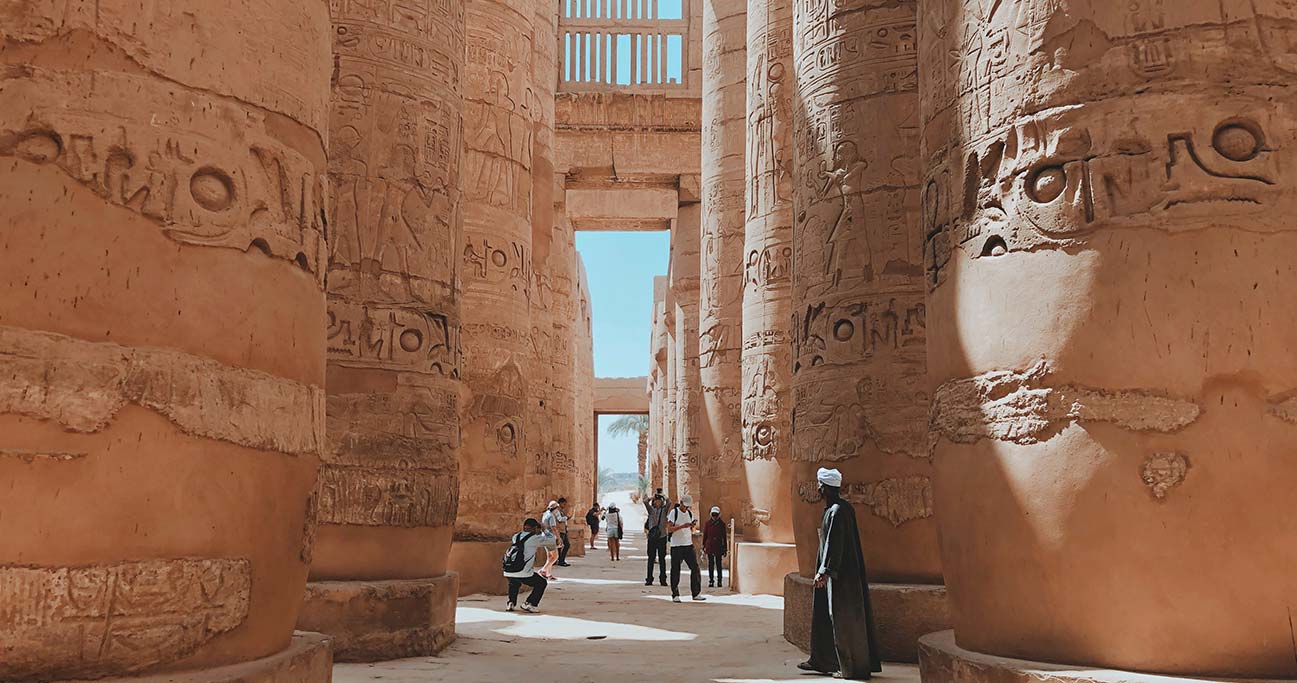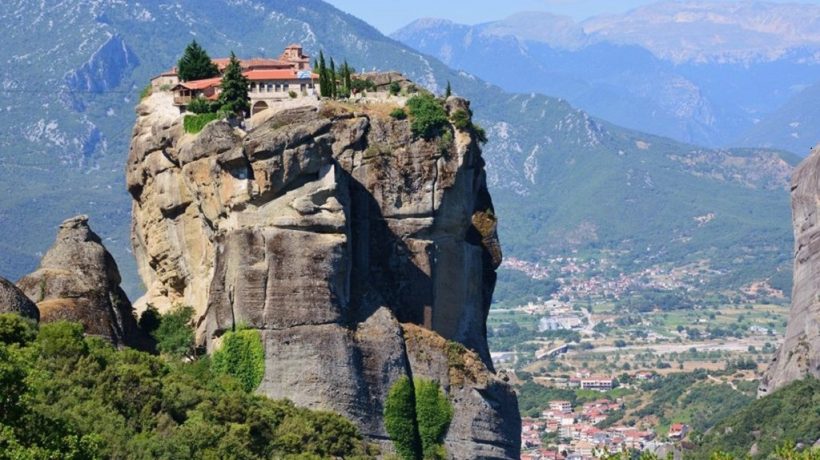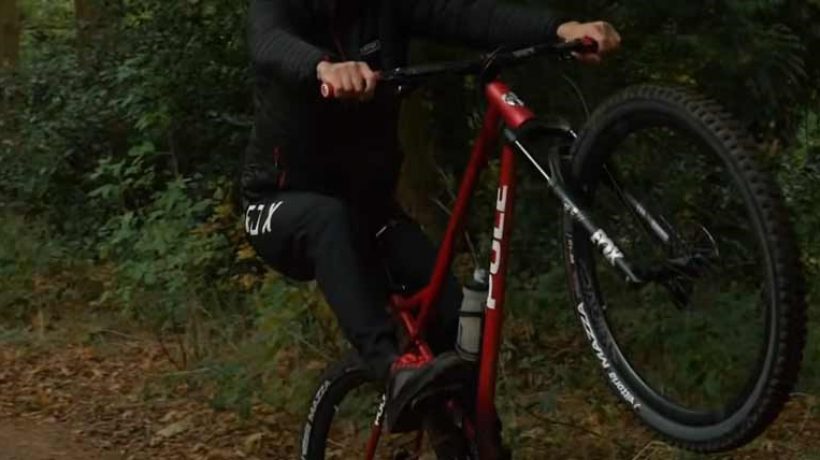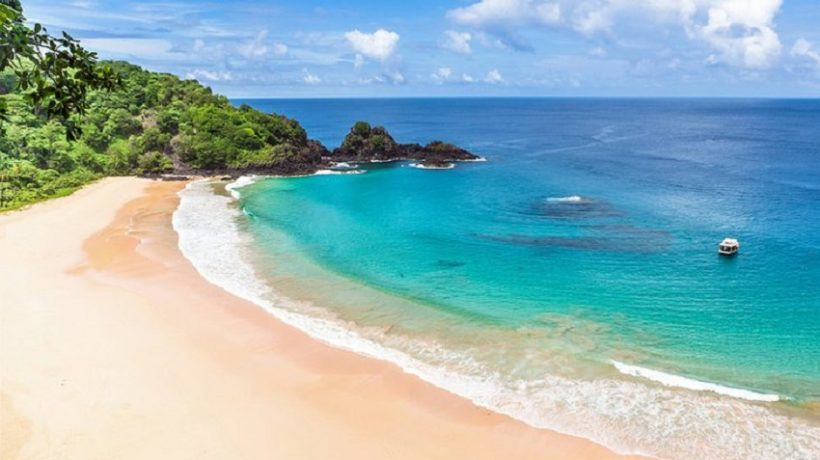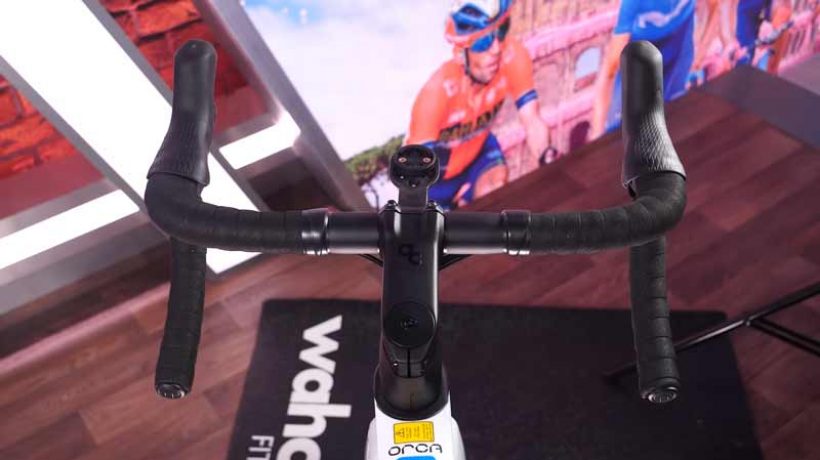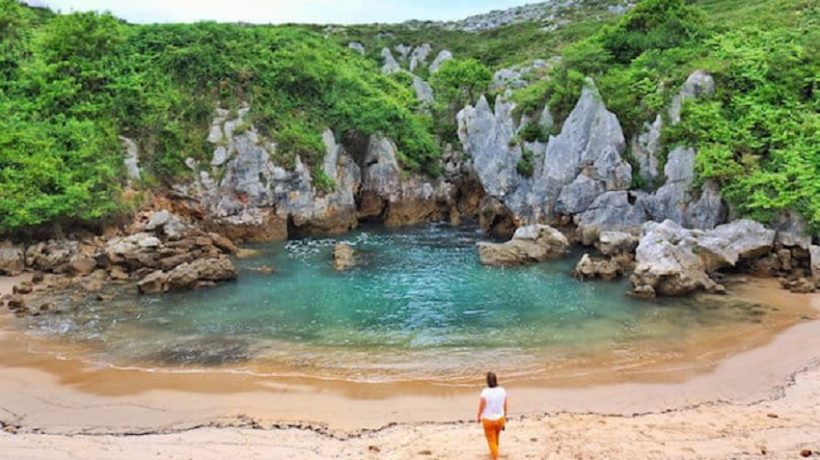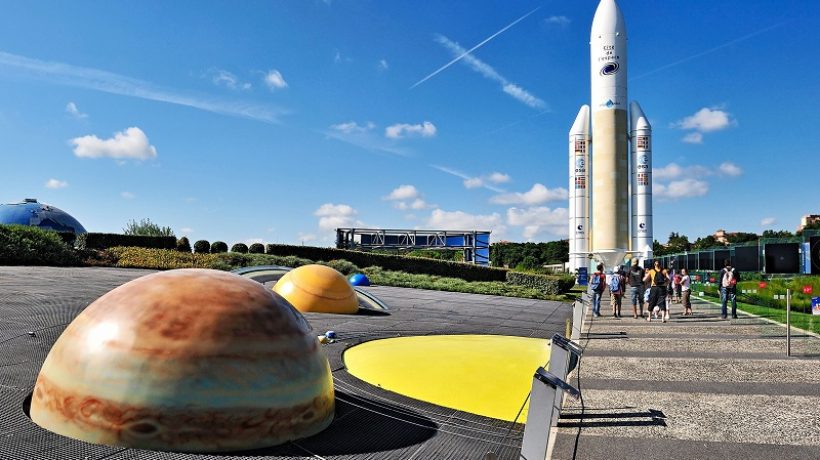Do you dream of a honeymoon different from the others? So why not choose one of these 6 enchanting destinations that we have selected for you among the beautiful European capitals? To you the choice!
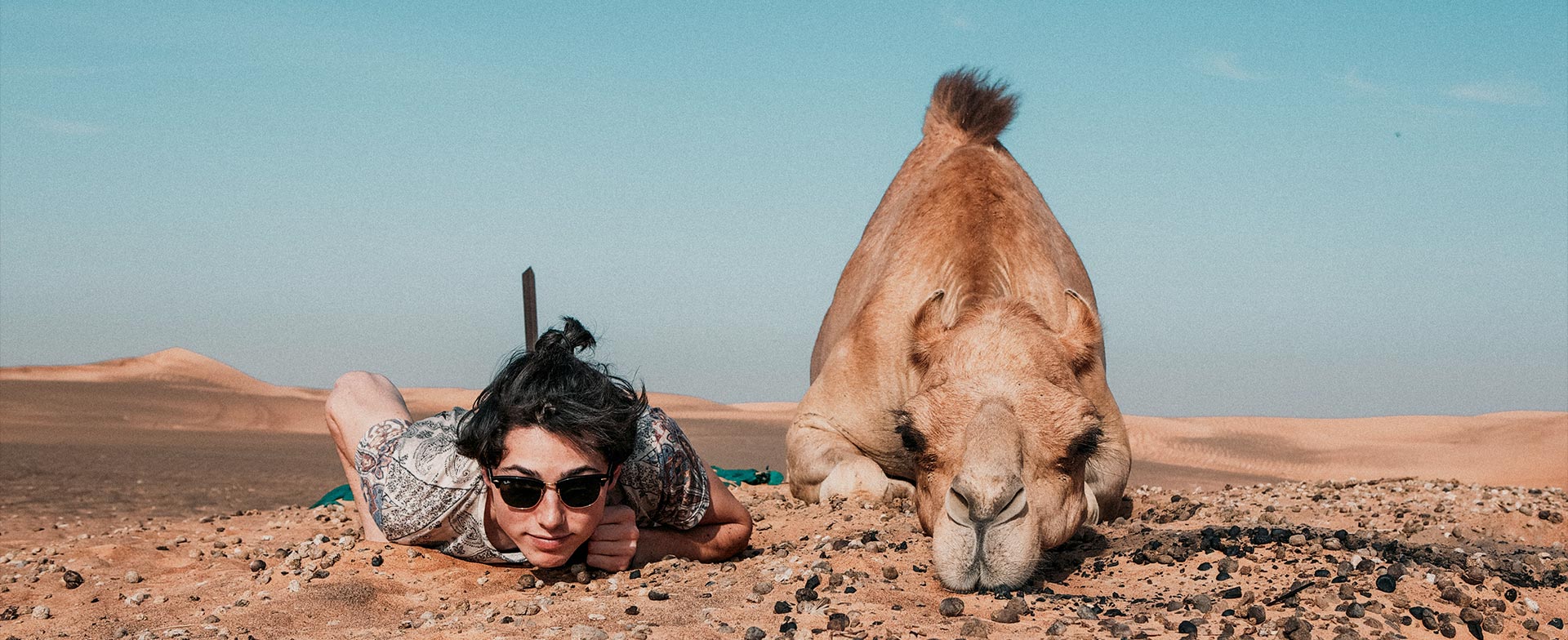
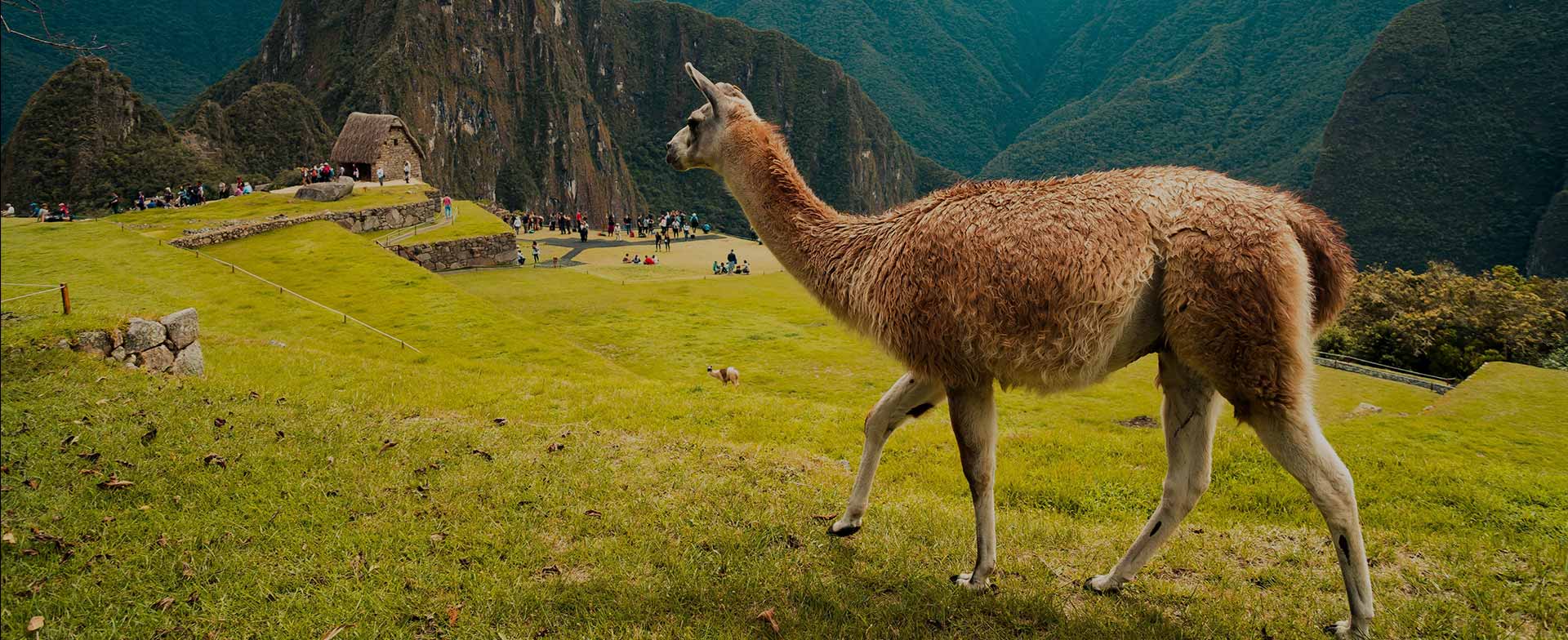
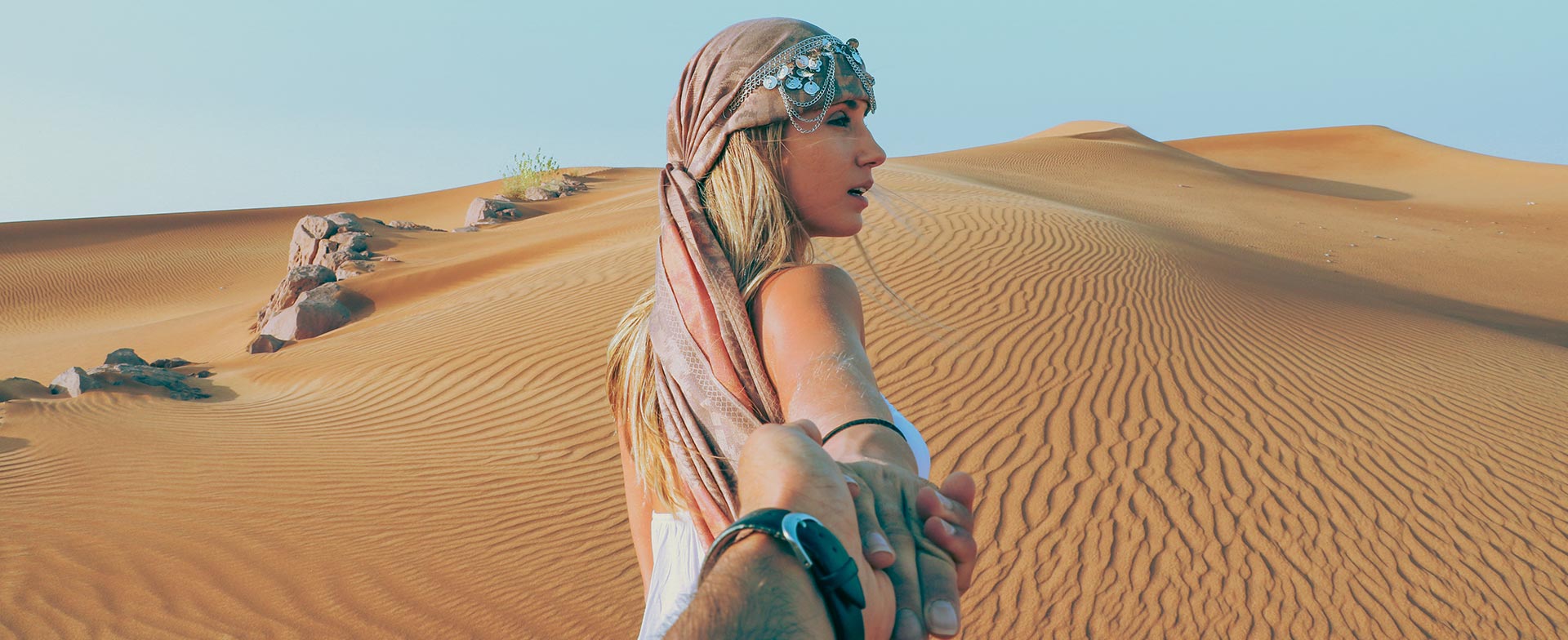

Popular tour types
Traveling allows you to see that the world is not always about you. It allows you to see how other people live and what they have to deal with on a daily basis.

Dubai Desert Trail

Bahamas Dream Tour

Warm Sun In Cannes


The world is a book
We leave something of ourselves behind when we leave a place, we stay there, even though we go away. And there are things in us that we can find again only by going back there.
Best destinations
Once you have traveled, the voyage never ends, but is played out over and over again in the quietest chambers. The mind can never break off from the journey.



Read Travel Articles
Easy and Super Cyclocross Rides with Gravel Bikes
So, there is lots of question coming out about gravel and cyclocross and well we’ve joked a bit on a little bit like old school mountain biking but with drop bars on something that looks a bit like a road bike, or actually, more accurately, like a cyclocross bike.
But the questions have been buzzing around my head, who actually does this? Is this for mountain bikers that want to cover the miles on an off-road or is it for roadies that want to discover new horizons?
Basics of Cyclocross Race
So, I thought I needed to talk to someone who knows all about mountain biking and road and cyclocross, Beth Crumpton. And with three under-23cross-country national championships, a road, and a cyclocross racing career.
People want to know how to ride all these bikes well and how’s it going and there is also a question coming out have what is cyclocross?
Gravel riding has become really popular in the last few years. Fire roads, dirt tracks, and even single track have become a stomping ground of the new breed of drop-bar bikes.
From lightweight carbon bikes designed for enthusiastic fitness freaks to bash out the miles fast, to steel bikes with bags, bottles, tents, and hip flasks, at the lifestyle end of the market.
Gravel riding seems to grab the attention of a broad range of cyclists.
You’ve raced plenty of cross-country yourself. Do you see much crossover between cross-country and gravel riding?
I think there’s definitely a crossover, especially between cross-country marathon and gravel riding together.
Think you can see they cover further distances on similar terrains, so I think there’s definitely a good crossover there and I guess there are the similarities and that’s what people know very much.
The sort of rider that likes doing big days on a road bike, or mountain bike is probably going to feel like gravel biking might be for them?
It definitely could attract them to it and for sure, ’cause you’re still off-road, you’re still covering big miles and seeing good sights and it’s definitely got something for everybody.
I think it’s time for us to try it and I think we should have a go and so what about the bike type and where do they sit compared to a cross-country bike and a cyclocross bike?
The nearest comparable types of bikes. The Nuke-proof Digger is the mountain biker’s gravel bike. It’s a mountain bike brand, of course.
Cyclocross Bike Feature
It’s got wide bars that are 500 miles wide and a dropper post. It’s got a 71-degree head angle, so a couple of degrees steeper than a cross-country bike, and the reach on a medium is 396 millimeters, compare that to over 400 on a cross-country bike. The gearing is a 1x with a 40-tooth chainring and 11-42 cassette.
A cross-country bike is likely to have a smaller chainring and a wider range cassette, up to a 51. Gravel bikes are also likely to have more bosses on the frame to attach more bottles, bags, panniers, mudguards and all the kit an adventurer, or a commuter, would ever need.
Beth is riding a cyclocross bike. The original off-road drop bar bike. Cyclocross has been around for almost 120 years. It’s similar to a gravel bike but not the same.
It’s got a higher bottom bracket for pedaling all the time around in the muddy field and not as much tire clearance. Gravel bikes can run wider, more comfortable tires.
So, for me, my gravel bike has sort of been the thing that I go out and do not a very long ride to be fair, like a 20k and 30K and it can link up little loops of single track with a bit of road.
What sort of bike would you ride on that style of the ride? I think I’d definitely go for a more relaxed kind of cyclocross bike.
So, the one I’m on today is racier, but I’d probably pick one very similar but with a bit more, you know, wider tires, a bit wider handlebar, just with more relaxed angles on my bike.
On a bike, I’m running 38 tires and it feels great even on the road they don’t feel as bad as I thought, and off-road it’s really good.
I guess it gets a bit dicey in a single track. So, for me, it’s a leisure thing, I just go off and ride. But we are seeing a lot of races, big races like Dirty Kanza seem to have taken hold and even Granger, what’d you think about those?
There’s definitely a market for races and I think the scale of people riding those races is ever increasing and I think it’s a really exciting aspect of the sports well, that cycling forever developing, and it’s exciting for off-road, as well.
That it gets a mix of crowd, a mix of mountain bikers, and a mix of road riders, as well. – [Neil] It’s funny, I look at some of the pictures see on Instagram of those epic American vistas of endless fire roads.
We don’t really have that type of ride in the UK, do we? – We don’t, no, and I think that’s why gravel riding in the UK is so much different.
We’ve got a lot of canals, we’ve got loads of towpaths, which are perfect for those gravel riding scenes to ride on, and then you’ve got yet open fields, as well.
You can link up parts of woods and roads and towpaths together and I guess that sort of answers the question posed in this article and is in the UK it’s sort of what cross-riders do, riding through muddy bogs.
Cyclocross Trail
There is you may want to know what mountain bikers do as well and riding through forests. So, I guess it’s going to attract those people to do the same sort of thing, but on a different bike.
For sure, and I think that’s what’s so exciting, especially about gravel riding. So the gravel bike has actually replaced the road bike.
I can do those rides linking the final off-road bitsy bit of fire road and a bit of road but what do you feel about the sort hipster adventure riding.
think it’s exciting and fun and it poses the fact that you can go further for longer on those big adventures and make a big trip of it.
Even getaway we’re sticking a beer in your bottle cage so who do you think gravel bikes are for? I think it’s easy to say it’s for everybody.
It’s a happy medium for mountain bikers wanting something different to not be quite classed as a roadie. There will be some of that and I suppose. I’m not bothered, but definitely, some money bikers don’t want to be associated with being a roadie.
I think that is the thing, and I think gravel riding, for sure, helps meet in the middle and It’s definitely becoming so popular.
We’ve also got niches like the racing side of it and the lifestyle, bike packing side of it, as well. Which is cool, it involves a lot of people and definitely, and I think bike packing’s such a cool thing.
You can see amazing things and go to some really cool places and meet new people, and I think gravel riding can bring two different types of bike riders together absolutely.
You may have seen various articles about cyclocross but this is one of the unique posts we’ve done on. But I definitely think there’s a happy medium, where, as you say, everyone can do a bit of it.
It’s the adventure side of a gravel bike that I really like and stick some frame bags on and I can a bike packing on a bike that’s more robust than a road bike and I’m more able to cover big miles than my cross-country bike.
Conclusion
I suppose it’s a bit like old-school bike touring but, in my eyes, it’s a lot cooler, and don’t forget you can throw in some proper off-roading on a bike that can handle it.
More bikes, more options, it can’t be a bad thing, surely? Let us know in the comments down below if you’re into gravel bikes or if you’re curious about trying one out and want to learn more biking tips you can visit OutdoorXsports and there you can get more information.
Ten trips to Europe to make once in a lifetime
On foot, by bicycle, by van, and along rivers, in the woods, facing the sea: 5 trips to Europe to do at least once in a lifetime.
Let’s face it: now the holidays where you stay in the same place are boring and outdated
Hardtail Mountain Bike Skills You Should Know
We’ve all got to start somewhere and many of us start with a trusty hardtail. They’re the cheapest and easiest way of getting into the sports, but you’ve bought your hardtail out and you’re looking to progress your score. But what do you need to do?
Today I’ve got some top skills that you can learn on your hardtail bike to progress your ride.
The Wheelie
This skill is an absolute jam and it’s not just great for when you’re starting out on your hardtail adventures.
It’s really useful actually just to have any time and that is the wheelie. It’s great for picking your front wheel up over obstacles. It’s a skill that can transfer into other areas as well.
All in all, you need to know hardtail vs full suspension for better wheelie performance.
Moving your body around. But how do we actually do it? Let’s take a little look. The key to lifting in the front is timing your pedal stroke, pulling on the bars as you crouch over the front, and pop-up with your body and pulling up with your arms.
You’re going to want to stamp down on the pedals, firstly, with your lead foot, but then following through the pedal stroke to keep the power down, this is going to help the front end to lift up.
Once the front wheels up, carry on that pedal stroke, keeping them nice and smooth. Shifting your body weight backward and your arms extended, but not locked out.
Cover the rear brake and feather it. If needs be, this is going to stop you from looping out. A couple of top tips for pulling a little wheelie and learning them.
If you are going to do them, come somewhere where it’s a bit soft and safe to do so it’s not busier.
There’s no one around also the grounds. Nice and soft. If somewhere like this or out on a grassy field is much like the wheelie.
Then the next one is the manual equally useful. If not sometimes even. It’s almost the same as a wheelie, but actually without the peddling part, but how do we do them and where would you implement them?
Where you certainly implement them is actually out on the trail, picking the front wheel up and over lots of little obstacles.
Sometimes where you can’t get a pedal choking and let’s look at how we do them as you’re going along. Keep the pedals level squat down into the bike and then pop up shifting your weight.
Behind the rear wheel extending your arms and legs and pulling up the front wheel at the same time. As you do this, make sure you keep your weight to the rear to help with lifting that front wheel and keeping it up.
The more you practice this, the more you’ll get used to finding the balance point top tip always cover the rear brake to stop me from looping out.
Pumping
Trails they’ve got lots of different obstacles in them from fast open Rocky sections to tight twisty sections to corners to jumps.
Now you’re just starting and you’re read this article may you have some beginner tips. So, jumps might not be number one on your priority. So, what can you do over a jump like this one in front of me?
You can pump your way over it, but what is pumping well, it’s essentially using your arms legs on the bicycle to absorb obstacles in the track and trail ahead of you and use those to generate speed much like this jump here in front of me, instead of yeah. Launching off of it.
We’re going to absorb that jump, push on it, generate speed coming out of it because well, maybe we just don’t quite have the skill to go send it into oblivion to start with.
Let’s talk about this jump and we’ve got specifically in front of me though, but bear in mind, pumping can be used in anything from rough ground to turns to help generate that speed.
It’s the same process, but we’re going to be specific at this one on the run-up for something like this a controlled speed pedals level, I’m going to be standing up.
And as I get to the base of this jump, sort of around here and just at the bottom of it that’s what I’m going to start to observe the takeoff with my arms and legs, bringing the bike into the body.
Now, when I get to the top, just as I sort of go over the. That’s where I’m going to start to come up with my body.
So, I’m almost standing back up on the bike again, and then as I come back down the other side, I’m going to crouch into the bike and on the bottom or run out of this.
I’m going to push into the ground, extend my body again, to generate speed, and roll out. You want to get good at your pumping or the best places to learn actually are BMX tracks or pump tracks.
That’s what they’re specifically designed for. You can link up and turns jumps rollers of all sorts to really sort of link the motion together and get it really good plus it safe environment even better.
Bunny Hop
This next one is actually essential for the hardtail. It’s the bunny hop. It’s one of the most useful ones I think because actually it’s essentially picking the bike up and putting it down somewhere else, using your body.
Now, when you have got less bounce and all your mates out there on their big old full suspension this one can make your life so much easier when riding down these gnarly trails.
Where can you use a bunny hop then we’ll actually, there are tons of places that it’s both practical and useful skill to have from hopping over really rough sections to pick and different lines, to just clear and gaps and trail obstacles that might be in the way, how do we bunny hop?
Well, let’s start with body position. I’ve got a trustee tree I placed here earlier where I can show it. So what position are we going to be in?
We’re going to start with our pedals level up in the neutral riding position. So bum sort of over, or just slightly behind the saddle, a bend in the knees and in the arms here and just ready to sort of squat into the bike.
The first part is sort of the bunny hop motion is once you’re in that neutral riding position, you’re going to squat into the bike.
Then also shifting your weight slightly backward, kind of like a coiled snake, ready to strike. But we’ll get back to that bit in a minute.
You can practice this stuff either static, moving along, if you like, but going along in squat, into the bike, shifting your way ever so slightly back, ready to explode out of it.
It’s then all about shifting your weight backward. As I said, so it’s downshifted your weight and pull up with your arms so you’ll become down and when you shift your weight backward, you should notice that that will extend the arms as well.
Lift that front wheel so we’ve done the front end, but now he needs to get the back end to come up as well.
Once you’ve got that front-end sort of lifting kind of motion dialed in, you really need to get the back end up. That’s the bunny hop, obviously.
So, once you’re back here and your body weight is back here, it’s then leaping sort of diagonally up forwards in an to bring the back end up. So, what you’ll end up doing is something like a little cat leap like that.
This is done by forcing your feet back in the pedals to grip while shifting all your body weight, picking the front end up diagonally forward and forwards to level the bike out in the air.
As you’ve no doubt learned by now, line choice on a hardtail can be crucial to how your ride goes.
Avoiding bumps, jumping, bumps, whatever the smoothest route can actually pay dividends sometimes, especially for your ankles and wrists were thank you, Lily bumpy section today, and I’m going to run you through the line choices here and show you how I do each one.
So, you can have a little think about next time you’re on a ride.
What line might be best for you on your hotel line choice on this segment then? Well, we’ve got two main lines. You’ve got the left or right ss left outside line.
It’s smoother, but it’s longer or we then come to this, the straight line through it. It’s obviously got a bit of a drop it’s a lot steeper and is going to require a lot more commitment on your heart’s out.
The running’s about the same for both of them. So, it really depends on what you want to hit and where you are. The second part of our section then?
Well, again, there are two main lines. There’s this rider left again. So, it’s like I said, a bit Wavier, but it’s entirely, rollable all the way around the mainline.
That’s a whole lot more commitment. Once you get to the bottom, especially here on your RTL, you have got a drop that you’ve got to do.
There’s no way around it and you can’t even really roll this one, which is what makes line choice so important. I think it’s probably time we did them both and see how they go.
You have it and that’s both lines conquered on the hard tower. Now it’s clear to see that one is obviously slightly slower and longer than the other.
The other one is right behind me here, just requiring a little bit more thought and commitment on something. We know bounce on the backend, but still perfectly doable.
Conclusion
So next time, you will have a little think about what you’re going to ride and how to ride it on your trustee hard trail Street but anyway, that’s enough for today.
I hope I’ve managed to help you with some beginner skills for your new riders on hard trails out there. So for more information, you can visit OutdoorXsports and gets some cycling top skills.
Top 10 Unknown Beaches in South America
With the summer ending, our minds are inevitably projected towards the trip. That’s why we leave you a list (ordered from north to south) of the unknown beaches in South America that you surely do not know.
How to Perfectly Fit Your Bike Pro Way
Getting your bike set up correctly is the difference between an efficient, comfortable ride or an inefficient uncomfortable ride and maybe even causing yourself some injury.
So, in this article, I’m going to run through how to set up your bike correctly for you when to do it and how to know if you’ve done it.
Three Main Parts
Three main parts of the bike. You can adjust to ensure a proper fit of the Saddle, Stem/Handlebars, and Cranks.
If you’re buying a new bike from a bike shop, but make sure you get them to set things up properly for you. So, you’re taking your new pride and joy home because of some adjustments, but not all can cost a little bit.
This article great help to you if you want to know how to measure a bike frame.
Saddle
At first, you need to set up your saddle correctly. This included subtle height, how far forward or back to have it on the subtle tilt.
So be quick, adjusting your stand on bars affects how stretched out you are on the bike. This is one of the biggest changes you can make to how your bike fits you on how you feel.
You might not need to adjust anything, but if your bike is too long for you, you’ll feel far too stretched out and you might not have proper control over your steering.
You might get a sore neck and sore shoulders and your saddle will be uncomfortable too because you’re putting pressure on places that you just don’t want the pressure.
On the other hand, if your bike setup is too short, you’ll feel constricted. Your arms will be way too close to your body and you’ll probably ride around with Ben Thompson.
As a general rule, you don’t want to be sitting bolt upright. Then at the other end, you don’t want to have your chin on the hunt boss, something in between with your back at a 45-degree angle to the floor on a 90-degree bend between the back and arms when riding on your hoods.
If you want a position that allows you to be a little bit faster and a little bit racier and you are flexible enough to do so.
Handlebar
You can do this, by moving the handlebars away from you, either by lengthening in the stem or dropping the handlebars.
Likewise, if you want something a little bit more comfortable and you are maybe not so flexible, you can do the opposite. So, moving your hunt bars up a little bit clear. You can change the height of other stuff.
Yeah. There are two peers, depending on how many spaces you have, but, or underneath it, this will have a big impact on how far you have to lean over the bike and we’ll make a big difference to how comfortable you are and your speed on the bike.
For greater adjustment, you can even replace your stem with a shorter or longer one, but this does mean spending a little bit of money.
There’s also a degree of adjustment in your handlebars to why you leave us are fitted can change how far forward do you need to reach by a good couple of centimeters?
You can also tilt your handlebars upwards or downwards, which will affect you will leave a position, but only that will affect how stretched out you are on the pike.
Have a little play around with these until you find a position that you’re happy with. When you come to tightening up the bolts, make sure you adhere to the suggested torque.
It’s important to note that once your saddle is set up correctly, it should remain where it is. Don’t be tempted to adjust it forwards or backward to affect your reach.
Drop
Handlebar Come in all different shapes and sizes, the handlebars for your road, bike consist of the following measurement. The width of the drop and the reach.
The drop is the distance between the top of the handlebars and the bottom of the curb section. A shallow drop brings everything close together meaning your hands don’t have far to travel between positions.
I think drop that is far less common on road bikes requires a bit more flexibility as you have further to travel between positions.
It will usually suit a taller more flexible rider. The reach is the distance between the straight part of the bar and the curved section where your hoods are mounted.
A longer reach should be paired with a shorter stem and vice versa. If you have shorter bars along the stem out.
This all comes down to personal preference and you can have a little play around and see what you prefer.
The width of the bar is quite self-explanatory. The correct bar size is usually down to the terrain you’re going to be riding on, your riding style, and of course your style.
A smaller bar will be better suited for road racing whereas a wider bar will give you better control over rough terrain. If you’re riding on gravel and at lower speeds.
Of course, a smaller bar better suited to smaller riders too.
Cranks
Let’s look at the cranks now far less vital found the saddle and the reach adjustment, but it should also be considered in a proper bike fit too, to start with they come in a variety of different sizes.
Usually based on the size of the bike, a smaller frame, therefore smaller rider and there is a need for a shorter crank.
This is due to leg length hip mobility and to ensure the rider isn’t overreaching at the bottom of the pedal stroke or at the top.
However, not everybody is the same there is growing evidence that having shorter cranks is more comfortable and more efficient.
Mainly because in a very aerodynamic position, your hip joint is very close, making it hard to breathe.
Having shorter cranks will alleviate that being said, the difference in crank length is millimeters ranging from 160 millimeters to 185 millimeters with by far the most common length 172.5 millimeters.
If you do think you would benefit from a different length, make sure you test it out before you go and buy one because change that it’s not cheap.
This is where a professional bike fit will come in handy. Yes, it will cost you a bit of money, but they’ll be able to analyze your body and how it interacts with the bike and take into consideration all sorts of measurements you just can’t do on your own. Again, getting all these things set up before you purchase your bike is the best thing to do.
There’s no point buying something that just doesn’t fit you. Your body will adapt to work in most positions and it might feel okay, but you could be doing yourself some harm further down the line.
you know, when you’ve got it right? Because riding a bike, what it shouldn’t hurt. You might get some aches or pains on long rides, but it shouldn’t have a be painful.
Conclusion
If you did enjoy this article, then please give it a big thumbs up and I hope it has helped you get to your bike set up correctly.
If you do have any questions, please drop them in the comment section below, and we’ll try our very best to get back to you and you can visit OutdoorXsports for more details.
Tips to avoid damage to the goods in transport
When transporting merchandise it is very important that it arrives in perfect condition at its final destination so that both the sender and the receiver are happy with the service. Whether by land, sea, or air, all packages must be well protected and placed so that they are not damaged during the journey or suffer damage.
Seven things you cannot miss in the eastern part of Asturias
With this article, I finish my selection of essential places in the Principality. After showing you the best of the western area and then talking about my essentials in the central area, we only need to show you these seven things that you cannot miss in the eastern area of Asturias.
What to see in Toulouse in one day trip?
You travel to Toulouse, you only have one day, and you want to know what to see in such a short time. That’s what happened to us. We also wanted to explore its surroundings and we only had one day to visit the city. He deserves much more, at least a weekend, but if you can’t stay, we’ll tell you what to see in Toulouse in one day and put it all on a map.
What to see in Rouen? Best tourist attractions in the Rouen
The capital of Normandy, Rouen, has everything you could ask for in a city in northern France. Medieval alleys, noble stone palaces and half-timbered houses, Gothic churches with large windows, museums and even contemporary buildings that do not clash with the rest. So that the wonder doesn’t overwhelm you, here there’s our selection of places: what to see in Rouen. And even a different route around the city if you have a little more time.
Explore
Recent Posts
- Exploring the USA in November: Uncover Hidden Gems and Beat the Crowds
- Arizona: A Treasure Trove of Unique Destinations
- Finding the Perfect Beach for Your Vacation Style
- Coney Island: Escape from Manhattan to Brooklyn’s Nostalgic Playground
- What if I Get Food Poisoning While Traveling?
- Off the Beaten Path: A Guide to Unconventional Travel Experiences
- Things to Do in Des Moines
- What Happens to the Tree After It is Pulled Out: Unveiling the Secret Life of Uprooted Trees
- How Often Should You Change Your Skateboard Bearings: Essential Maintenance Tips
- Discover the Ultimate Women’s Bike Seat for Comfort: Unleash Your Ride
Categories
Popular Posts
 Exploring the USA in November: Uncover Hidden Gems and Beat the Crowds
Exploring the USA in November: Uncover Hidden Gems and Beat the Crowds Arizona: A Treasure Trove of Unique Destinations
Arizona: A Treasure Trove of Unique Destinations Finding the Perfect Beach for Your Vacation Style
Finding the Perfect Beach for Your Vacation Style Coney Island: Escape from Manhattan to Brooklyn’s Nostalgic Playground
Coney Island: Escape from Manhattan to Brooklyn’s Nostalgic Playground What if I Get Food Poisoning While Traveling?
What if I Get Food Poisoning While Traveling?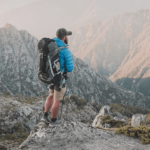 Off the Beaten Path: A Guide to Unconventional Travel Experiences
Off the Beaten Path: A Guide to Unconventional Travel Experiences Things to Do in Des Moines
Things to Do in Des Moines What Happens to the Tree After It is Pulled Out: Unveiling the Secret Life of Uprooted Trees
What Happens to the Tree After It is Pulled Out: Unveiling the Secret Life of Uprooted Trees How Often Should You Change Your Skateboard Bearings: Essential Maintenance Tips
How Often Should You Change Your Skateboard Bearings: Essential Maintenance Tips Discover the Ultimate Women’s Bike Seat for Comfort: Unleash Your Ride
Discover the Ultimate Women’s Bike Seat for Comfort: Unleash Your Ride


